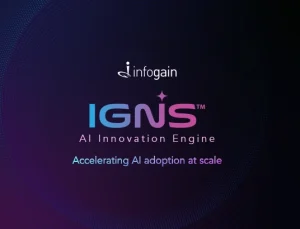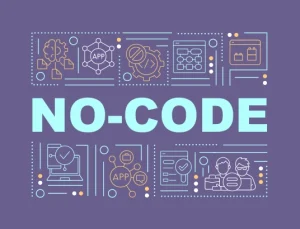- Posted on : December 3, 2020
-
- Industry : Insurance
- Type: Blog

The pandemic has reshaped the business world – it will have long-lasting implications on every way business is conducted. The pandemic has also been touted to show the value of digital operating models and compel companies to speed up their digital innovation and transformation.
The implications have been so far and wide that with companies shifting to a remote working model, the organizations have been challenged with the simple act of acquiring a signature on the many documents for many daily transactions. This situation has given rise to the electronic signature or “eSignature” technology. It is a legal way to get consent or approval on electronic documents or forms.
This development has also enabled the insurance industry to move past an actual ‘wet’ signature, end-all paper trails once and for all, become more “digitally transformed,” and perhaps, even be more environmentally responsible.
The ‘eSignature’ can replace a handwritten signature in virtually any process and is thus a welcome solution as policyholders, who have become accustomed to dealing remotely with banks and retailers, expect the same from their insurance providers. An eSignature allows a user to affix their signature, or a valid electronic equivalent, to a digital document. eSignature platforms offer consumers convenience and simplicity for important transactions and provide a complete, legally defensible electronic record of signers, IP addresses, dates and times signed, and more.
Here is how the insurance industry benefits from adopting e-signature technology:
- Better User Experience
In a recent Forrester Research webinar on The Impact of COVID-19 on Financial Services and Insurance, analysts advised that “Demonstrating customer empathy, communicating service availability, accelerating digital transformation, and protecting employees are some of the key actions industry executives should be taking.” With changing customer expectations, where frictionless experiences are top of mind, insurance providers that can best accommodate remote processes will gain a competitive edge.
- Mobility and Speed
Clients can sign documents required to obtain insurance policies anytime, anywhere – in a matter of minutes. Once customers have decided to purchase a policy, they can quickly use an electronic signature to finalize the process. The process can be completed from home or anywhere else, almost immediately, using a computer, tablet, or mobile phone.
- Cost-Effective
The right integrated eSignature solution considerably reduces administrative overhead and decreases costly and time-consuming human errors. eSignature tools also speed up document turnaround time by 70, 80, or even 90%, and thus prevent unnecessary delays and wasted time.
- Efficient and Scalable
Implementation of e-signature solutions is preferred on cloud, which lets IT deploy and manage setup centrally in just minutes. When embedded in the leading cloud-based productivity suites such as Microsoft Office 365, there’s no need to spend extensive time rolling out and installing software on end-user devices. Adobe, for example, has partnered with Microsoft to enable a secure digital workflow to the cycle of requesting, tracking, receiving, and storing electronic signatures throughout the enterprise. In addition to Adobe and Microsoft, eSignature software integrates with a wide range of legacy programs and 3rd party applications, including Google Drive and Salesforce.
- Legal and Enforcible
eSignatures have been around since the ’70s, but until recently, there was a lack of clarity and consistency from regulatory bodies with the correct protocols in using e-signature technology. Adoption of the Uniform Electronic Transactions Act or UETA in many states and with the passage of Electronic Signatures in Global and National Commerce Act or ESIGN at the federal level in 2000 solidified the legal landscape for the use of electronic records and electronic signatures in commerce. ESIGN and UETA, both establish that electronic records and signatures carry the same weight and legal effect as traditional paper documents and handwritten signatures.
- Paperless Audit Trails
eSignature solutions enhance and strengthen compliance for companies. By offering easy access, they can help prevent legal disputes.
- Advanced Security
eSignature solutions are adding enhanced security capabilities. Users may be required to provide a password, confirm an SMS message, or answer questions based on public records to establish identity. There has also been continued evolution, consistent with document tracking and storage procedures, enhancing the clear audit trail needed in a dispute or data breach. Companies that use eSignature software will likely find ways to optimize these and other security measures in the years to come.
According to a report from Research and Markets the digital signature market size is expected to grow to USD 5.5 billion by 2023. A secure, reliable electronic signature solution is key to success in the new normal. The landscape for using eSignatures has been primed, and electronic signatures are long past the point of being just an option for the insurance industry. There many players such as DocuSign, Adobe Sign, OneSpan, Sign Easy, to name a few, who are offering easy to use interfaces for their eSignature solution. Often an eSignature solution is provided as part of a more comprehensive document management tool that includes drag-and-drop form integration, automated workflows, and full audit histories. Several integrations are also available, including CRM, payment, and file storage apps.
The most efficient cost saving integrations come from targeted systems, not ones that are bundled with other services. As certified practitioners of Guidewire and many of the eSignature providers, Infogain is distinctively placed and help integrate these products for companies.








